(eBook) (PDF) Economics: Principles, Applications, and Tools, 10th edition
$29.90
By
Arthur O’Sullivan,
Steven Sheffrin,
Stephen Perez
Description
Overview
Students enter their first economics course hoping to gain a better understanding of the world around them, but often leave with their questions unanswered. Economics: Principles, Applications, and Tools is built upon the authors’ philosophy of using basic concepts of economics to explain a wide variety of relevant, current and engaging economic applications.The 10th Edition incorporates the latest economic developments throughout. By making every chapter relevant and applied, you’ll develop an understanding of core principles that you’ll use as a citizen and consumer, now and in your career.
Published by Pearson (September 15th 2020) – Copyright © 2020
ISBN-13: 9780135639818
Subject: Economics
Category: Principles of Economics
PART 1: INTRODUCTION AND KEY PRINCIPLES
- Introduction: What Is Economics?
- The Key Principles of Economics
- Exchange and Markets
- Demand, Supply, and Market Equilibrium
PART 2: THE BASIC CONCEPTS IN MACROECONOMICS
- Measuring a Nation’s Production and Income
- Unemployment and Inflation
PART 3: THE ECONOMY IN THE LONG RUN
- The Economy at Full Employment
- Why Do Economies Grow?
PART 4: ECONOMIC FLUCTUATIONS AND FISCAL POLICY
- Aggregate Demand and Aggregate Supply
- Fiscal Policy
- The Income-Expenditure Model
- Investment and Financial Markets
PART 5: MONEY, BANKING, AND MONETARY POLICY
- Money and the Banking System
- The Federal Reserve and Monetary Policy
PART 6: INFLATION, UNEMPLOYMENT, AND ECONOMIC POLICY
- Modern Macroeconomics: From the Short Run to the Long Run
- The Dynamics of Inflation and Unemployment
- Macroeconomic Policy Debates
PART 7: THE INTERNATIONAL ECONOMY
- International Trade and Public Policy
- The World of International Finance
PART 8: A CLOSER LOOK AT DEMAND AND SUPPLY
- Elasticity: A Measure of Responsiveness
- Market Efficiency and Government Intervention
- Consumer Choice: Utility Theory and Insights from Behavioral Economics
PART 9: MARKET STRUCTURES AND PRICING
- Production Technology and Cost
- Perfect Competition
- Monopoly and Price Discrimination
- Market Entry and Monopolistic Competition
- Oligopoly and Strategic Behavior
- Controlling Market Power: Antitrust and Regulation
PART 10: EXTERNALITIES AND INFORMATION
- Imperfect Information: Adverse Selection and Moral Hazard
- Public Goods and Public Choice
- External Costs and Environmental Policy
PART 11: THE LABOR MARKET AND INCOME DISTRIBUTION
- The Labor Market and the Distribution of Income
Related products
Products
Save up to 80% by choosing the PDF eBook vs printed books
High-quality searchable PDF format, ideal for printing
No expiration date! No DRM protection. Access your PDF ebook anytime and anywhere.

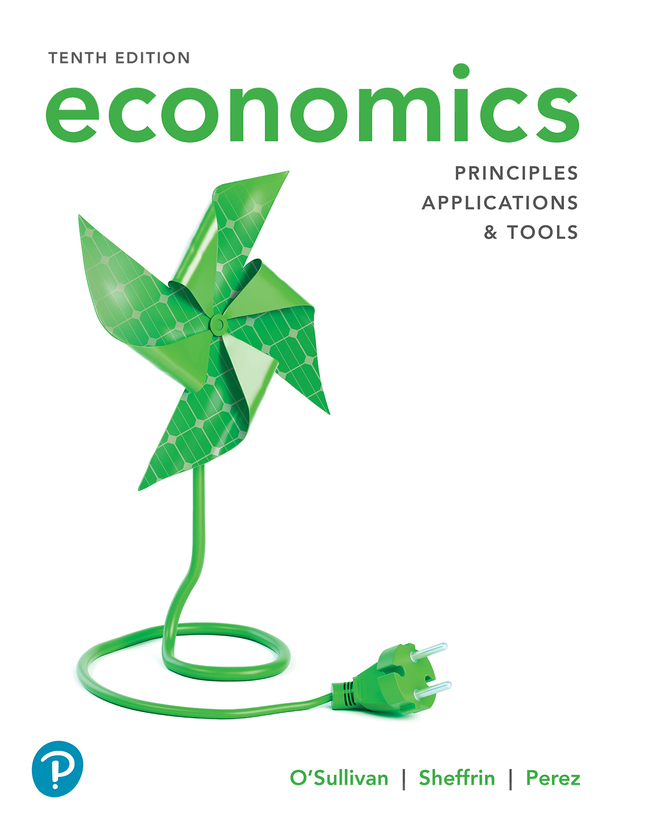

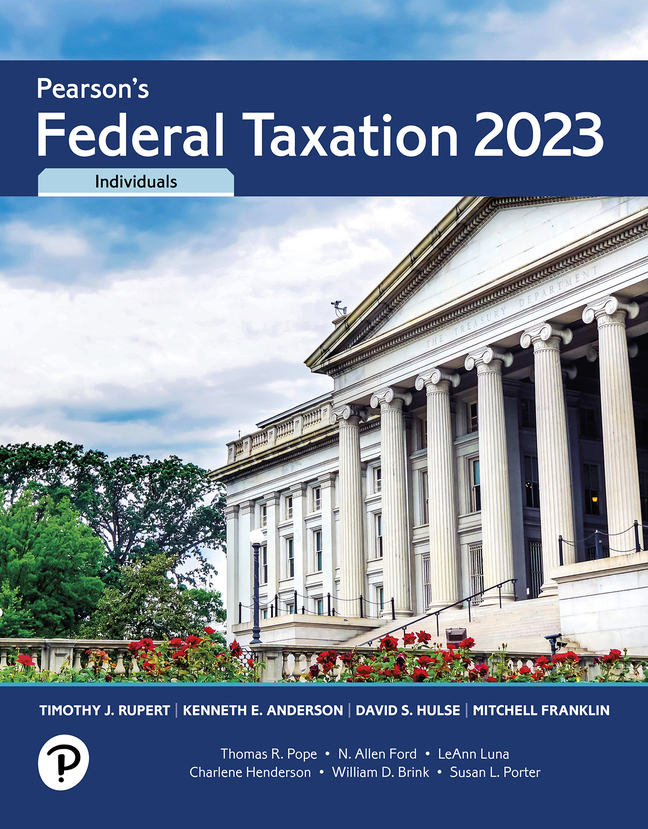
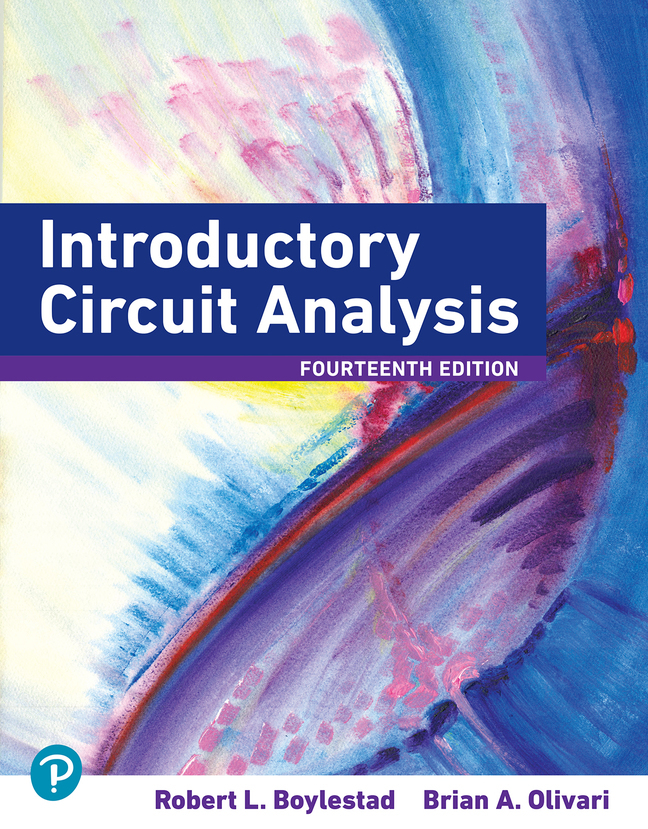
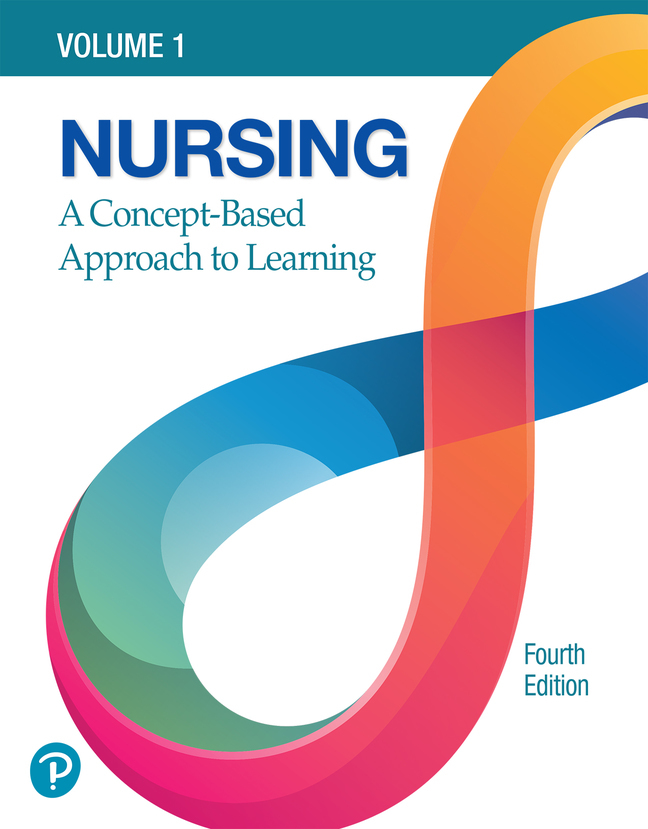



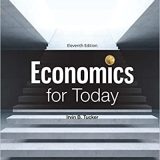

Reviews
There are no reviews yet.